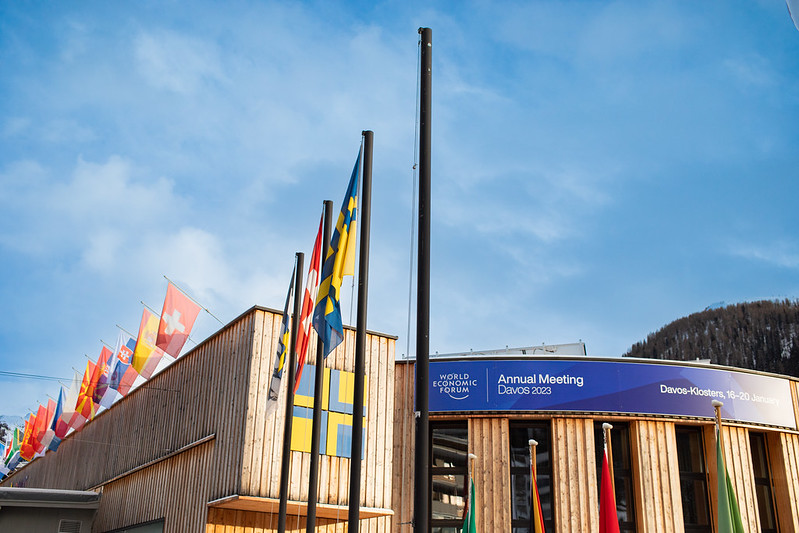Arun Sudhaman 13 May 2021 // 9:35AM GMT

The global PR industry declined by 4% in 2020, based on PRovoke Media's definitive annual ranking of the world's top 250 PR firms, which is now live.
The Global Top 250, which provides the clearest picture available of global PR industry size and growth, is based on submissions from more than 400 PR firms across the world, along with revenue estimates for the many firms that chose not to submit during a difficult year that was dominated by the Covid-19 pandemic.
The research reveals that the Top 250 PR firms reported fee income of around $13.2bn in 2020, effectively flat in USD terms compared to last year's Top 250 ranking. A weaker US dollar helps to explain USD parity, but our constant currency analysis reveals a Top 250 decline of just under 4%.
While that means the first annual global PR industry decline since the global financial crisis more than a decade ago, it is still likely to beat expectations given the grim industry outlook 12 months ago.
The industry's 2020 performance, paving the way for this year's anticipated recovery, was underpinned by resilience from the Top 10 group — which appeared able to mitigate the worst of the economic downturn, particularly in terms of consumer marketing budgets, thanks to practice area and sector diversification. For the first time in several years, bigger PR firms outgrew their midsize peers, while publicly-held agencies also narrowed the gap on their independent rivals.
In particular, PRovoke Media's ongoing industry research has revealed that corporate communications, including such areas as crisis counsel, public affairs and employee engagement, have seen robust demand during the pandemic, coupled with sector-specific growth favouring healthcare and B2B technology, for example. Many of the firms specialising in these practice areas and sectors grew in 2020, while bigger networks benefited from specialist (if not geographic) breadth, ensuring they were not disproportionately impacted by the drop in consumer spend.
Accounting for the numerous firms that reported outside of the Top 250, along with the vast number of smaller firms that do not provide revenue figures, PRovoke Media estimates the size of the global PR agency industry at $15.8bn, down from $16.5bn in 2019.
Meanwhile, the 'floor' for the Top 250 remains roughly the same, at $5.7m. Many firms, disappointingly, chose not to submit numbers this year — even if PRovoke Media used its own market research to estimate earnings in several important cases.
"After a decade of steady growth, the global pandemic not surprisingly resulted in a decline in PR revenues last year," said Paul Holmes, PRovoke Media founder. "But the decline was much smaller than many observers predicted at the start of the crisis, and significantly smaller than the decline in adjacent industries, such as advertising. Much of what PR agencies do is mission critical, corporate crisis and employee engagement work. And much of what they do is work that cannot easily be replicated by other agencies from other disciplines."
Global Top 250 Growth
The Global 250 grew 0.3% to $13.2bn in USD terms last year, compared to 6.3% growth in 2019. In constant currency terms, however, fee income dropped by 3.9% compared to 4.1% growth in 2020, based on a like-for-like comparison of those firms reporting fee income for 2020 and 2019.
As ever, this figure remains somewhat misleading as it does not take into account the relatively high number of firms that chose not to report their revenue this year.
The Global 250 also reveals the following:
• US PR firms led the market ($8.4bn), declining by just 1%, compared to 4.6% growth one year ago.
• For all PR firms reporting in USD ($10.8bn), the decline was 1.5%, down from +5.9% in 2019.
• UK PR firms reporting in GBP (accounting for around $1bn, or £766m) were effectively flat in reported (USD) terms thanks to the weaker dollar, and down 4% in constant currency terms, compared to +11% one year ago.
• PR firms reporting in Euros ($913m) experienced the biggest decline, down 6.6% on a constant currency basis, or +1.1% in USD terms.
• German PR firms ($468m) were down 3.5% in constant currency terms, or +5.2% on a reported (USD) basis.
Top 10 stands tall
The world's Top 10 PR firms reported estimated fee income of $5.27bn, down 3% compared to the revenue reported by last year's top 10 group ($5.45bn). That was helped by excellent performances from Real Chemistry (+62%), Brunswick (+5.5%) and BlueFocus (+4.1%), along with resilient results from several of the bigger players.
After several years in which they led global industry growth and innovation, midsize PR firms — defined for these purposes as those within $50m to $250m — suffered disproportionately from the downturn, down 8.1% on a constant currency basis to $4.5bn. In 2019, by comparison, the midsize sector grew 11.2% in constant currency terms.
Surprisingly, perhaps, smaller firms ($15m to $50m) were less impacted — up 5.7% in constant currency terms, albeit compared to 10.9% growth in 2019.
"It may be that the smaller firms that submitted numbers this year 'self-selected' for strong performance," said Holmes. "It may be that many smaller firms were hard hit by the crisis and therefore elected not to provide numbers. But with the impact of the pandemic varying by sector and practice area, it's not surprising that smaller firms in areas like healthcare, tech and financial services saw decent growth, or that firms with strong corporate practices were able to hold their own."
Public vs Independent
Once again, independence proved to be a crucial bulwark against difficult economic conditions, with independent firms continuing to outperform their publicly-held peers. Independent PR firms, remarkably, saw their fee income increase 1.4% in constant currency terms, or +0.5% on a reported (USD) basis, to $6.8bn.
That fee income brings participating independents to parity with publicly-owned firms for the first time in the decade-plus history of these Rankings. Publicly-owned PR firms also reported fee income of $6.8bn, although their figure represented a 5.8% decline on a constant currency basis, or -2.2% in reported USD terms.
The divide between independent and public PR firms typically becomes more clear when analysing the performance of the Big 4 holding groups, whose PR operations have regularly been outstripped by independent players over the past decade. But this year, PR fee income from the Big 4 was down just 2.2% in constant currency and USD terms, considerably narrowing the gap on their independent rivals.
Regardless, the Big 4 (Omnicom, IPG, WPP, Publicis) now account for less than 30% of the overall global PR market (including the many firms that do not report), at $4.6bn. All publicly-held firms account for around 42% of this overall market.
"We have seen the market share of the giant holding companies, and of the 'big four' in particular, decline over the years. And that's with a steady stream of acquisitions," said Holmes. "It is getting harder and harder to support the thesis that in PR, bigger is better. And it is almost impossible to deny that public ownership has a detrimental impact on a PR firm's ability to grow."



































.jpg)






























